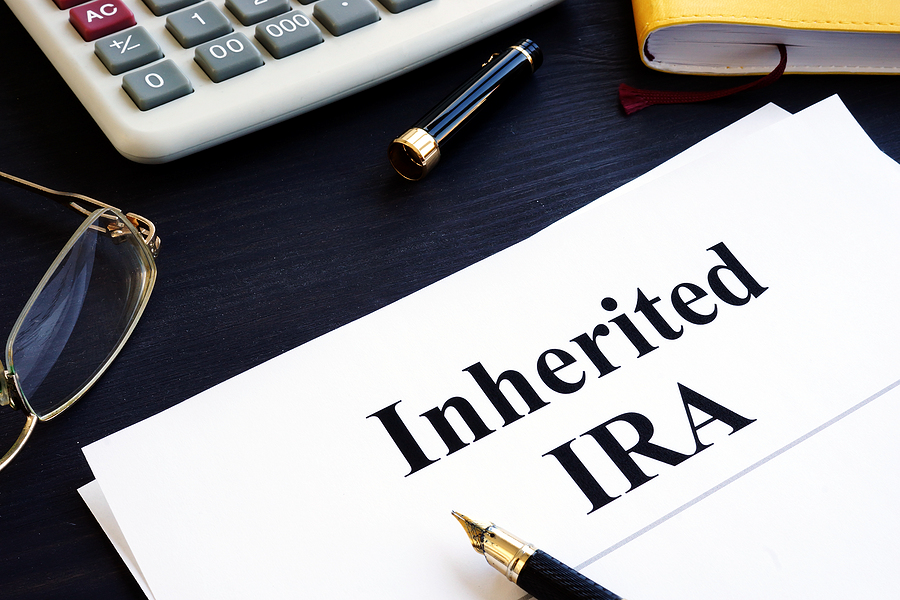Understanding the guidelines surrounding Required Minimum Distributions (RMDs) becomes crucial as we navigate the complexities of personal finance and retirement planning.
For those who have inherited retirement accounts or are approaching their RMD age, the ten-year rule is a pivotal part of this financial landscape. Here are the ten things you need to know about it.
1. The origin of the ten-year rule—The rule took effect in 2020 with the passing of the Setting Every Community Up for Retirement Enhancement (SECURE) Act. This legislation revamped many rules regarding retirement accounts, including RMDs.
2. Who the rule applies to—The ten-year rule primarily applies to non-spouse beneficiaries of Individual Retirement Accounts (IRAs) and defined contribution plans such as 401(k)s, 403(b)s, and other employer-sponsored retirement plans.
3. The purpose of the rule—The rule mandates that these beneficiaries empty the account by the end of the 10th year following the original account owner's death. This rule ensures that tax-deferred growth benefits don't extend indefinitely and that the government can reclaim some of its deferred tax money.
4. No yearly RMDs—Under the ten-year rule, there's no requirement to withdraw a certain amount each year. As long as the entire account balance liquidates by the end of the tenth year after the account owner's death, the beneficiary is compliant with the rule.
5. Tax implications— Withdrawals from inherited retirement accounts are subject to income tax, so strategically timing withdrawals to manage the tax impact is beneficial. For instance, spreading distributions over the 10 years could keep the beneficiary from moving into a higher tax bracket.
6. Exceptions to the rule-—There are notable exceptions to the ten-year rule: surviving spouses, minor children of the account owner, disabled or chronically ill individuals, and beneficiaries less than 10 years younger than the account owner. These beneficiaries can take distributions over their lifetime, providing a potential tax benefit.
7. The rule applies even if the account owner was taking RMDs—The ten-year rule applies regardless of whether the original account owner had started taking RMDs. It eliminates the previous rule that allowed non-spouse beneficiaries to stretch RMDs over their life expectancy.
8. Multiple owners mean multiple RMDs—Remember that if you have inherited retirement accounts from multiple owners, each account has a ten-year distribution period that begins on the date of each account owner's death.
9. Ten-year rule and Roth IRAs— One exception to the ten-year rule is Roth IRAs. Even though non-spouse beneficiaries must liquidate inherited Roth IRA accounts within ten years, they don't face the same tax implications because qualified distributions from Roth IRAs are tax-free.
10. The rule is still evolving— The IRS still needs to issue complete guidance on how exactly the ten-year rule may apply. Due to the changing Presidential administration and possible revision of the tax code, consult financial and tax professionals to help navigate this complex area.
In conclusion, understanding the ten-year rule for Required Minimum Distributions can significantly impact one's retirement planning and wealth management approach. As with any financial matter, seeking professional advice tailored to individual circumstances is critical. While the landscape may seem intricate, comprehending this rule can provide clarity, leading to well-informed and beneficial financial decisions.

